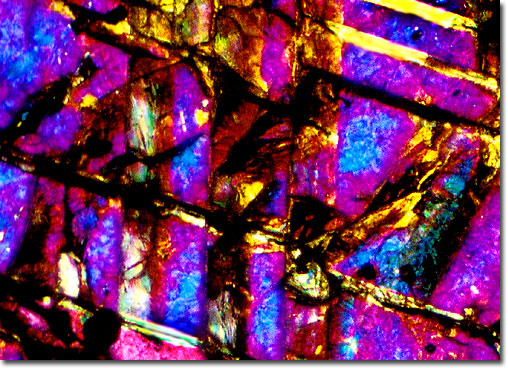Sapphire
|
The blue brilliance of the sapphire has been treasured for thousands of years, its color thought to represent heavenly or celestial qualities. The ancient Persians believed that the earth rested on a giant sapphire and that its reflection gave the sky its blue color. Jewish tradition holds that Moses was given the Ten Commandments on tablets of sapphire, making it the most sacred of gemstones. Sapphire is a form of the mineral corundum, a crystalline form of aluminum oxide and one of the most durable minerals that exists; only diamonds are harder. Trace impurities of iron and titanium are responsible for the deep blue color most people associate with sapphire. The gem also occurs in a variety of blue shades. Several other colors of corundum, such as yellow, reddish-orange, and violet, are also classified as sapphire. Red corundum crystals are called rubies. When cut into a cabochon (a convex, unfaceted form), some specimens of sapphire exhibit asterism; that is, a six-rayed star can be seen in the interior of the stone. Such stones are called star sapphires. A primary constituent of many igneous rocks, the hardness of the sapphire makes it useful for industrial applications as well as for jewelry. Synthetic sapphires have been produced commercially since 1902 and are used for scratch-resistant watch crystals, optical scanners, and for a variety of other instruments. They are also used in scientific and industrial applications where transparency to ultraviolet irradiation and strength are important. The sapphire has long symbolized truth, sincerity, and faithfulness. The ancients regarded star sapphires as an extremely powerful talisman, a guiding star for travelers and seekers of all kinds. These stones were so powerful, they were said to continue to protect the wearer even after being passed on to someone else. Today, sapphires are most commonly found and mined in Asia, Southeast Asia, Australia, and Africa. Some deposits have been found in the United States, in the states of Montana and North Carolina, but these occur primarily in alluvial deposits in rivers. Underground deposits are known to exist in Montana, but the rock has been too hard, and expensive, to mine thus far. Many gem scholars agree that the tradition of birthstones arose from the Breastplate of Aaron described in the Bible (Exodus 28, 15-30). The breastplate was a ceremonial religious garment set with twelve gemstones that represented the twelve tribes of Israel and corresponded with the twelve signs of the zodiac and the twelve months of the year. There are many different birthstone lists, however, and some argue that they should be assigned by astrological sign and not month. Sapphire is the birthstone for September, the month when the most babies are born, and the zodiac sign Virgo. |
© 1995-2025 by Michael W. Davidson and The Florida State University. All Rights Reserved. No images, graphics, software, scripts, or applets may be reproduced or used in any manner without permission from the copyright holders. Use of this website means you agree to all of the Legal Terms and Conditions set forth by the owners.
This website is maintained by our
|
